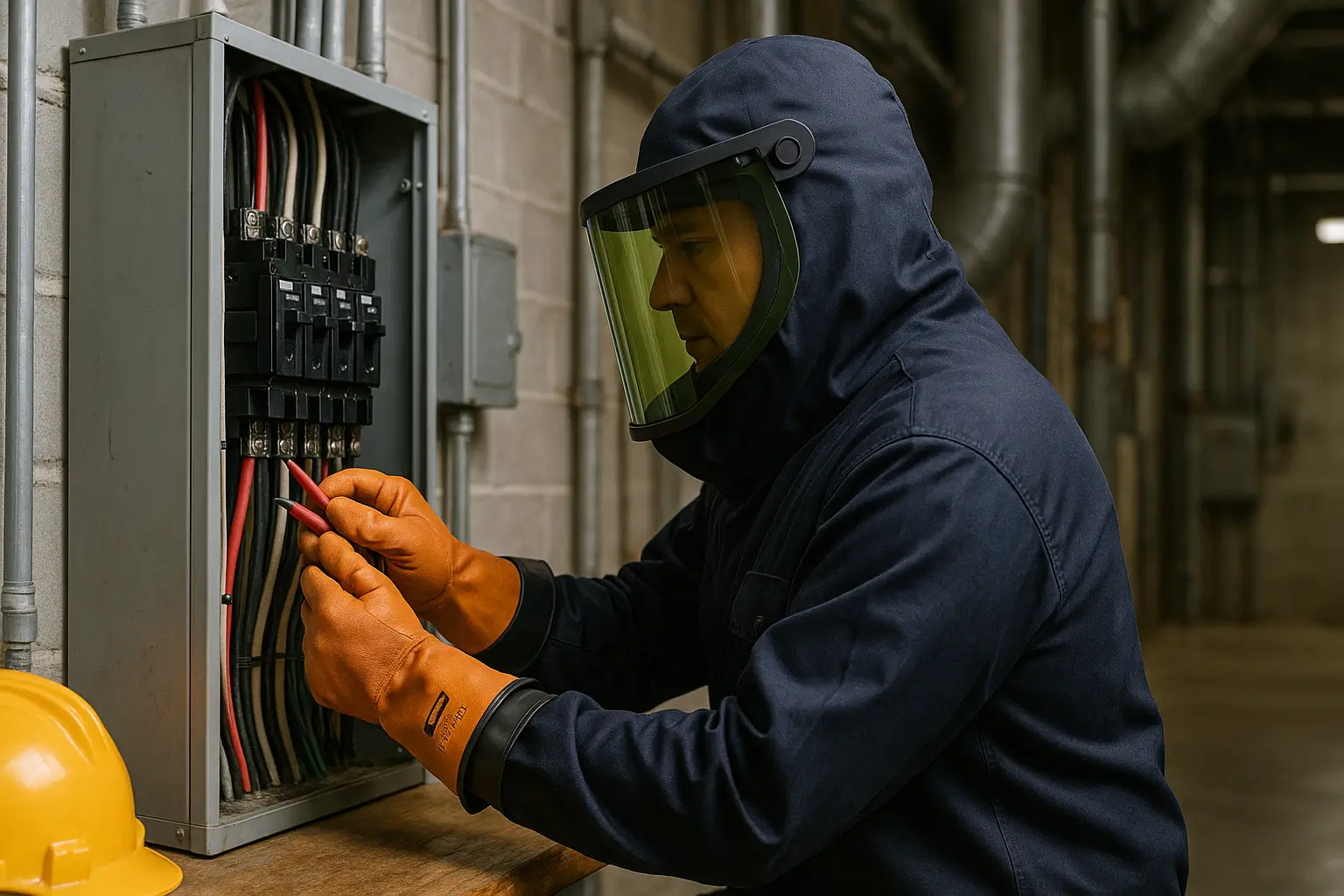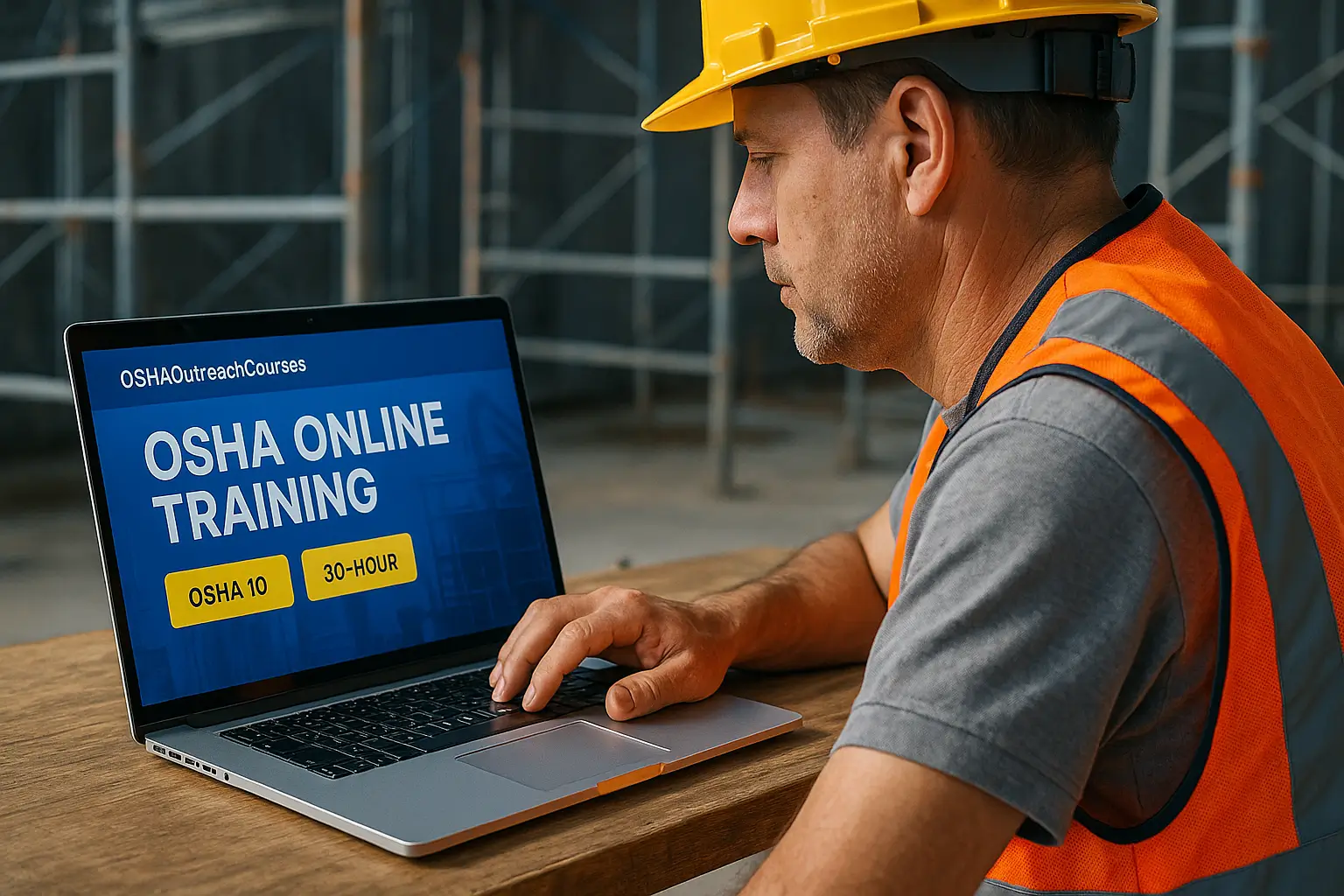Every day, countless individuals across various industries put themselves at risk as they carry out their duties. However, with the right awareness and education, many accidents and injuries can be prevented.
Workplace safety isn’t just a concern for employers and employees; it’s a societal issue. Accidents and injuries not only harm individuals but also have broader economic and social implications. Public awareness campaigns play a crucial role in highlighting the significance of safety measures and encouraging everyone to prioritize them. By raising awareness, we can cultivate a collective responsibility towards safety in workplaces.
In this blog post, you will delve into the importance of public awareness and Occupational Safety and Health Administration (OSHA) outreach courses in fostering a safer work environment.
Relationship between Public Awareness and OSHA Outreach Courses
Public awareness and OSHA outreach courses are intricately linked, as both play significant roles in promoting workplace safety and health. The Occupational Safety and Health Administration (OSHA) outreach courses are designed to educate workers and employers on recognizing, avoiding, and preventing safety and health hazards in the workplace. These courses cover a range of topics, including occupational safety regulations, hazard identification, and best practices for ensuring a safe work environment.
Public awareness, on the other hand, refers to the level of understanding and knowledge within the general population regarding safety issues, including those related to workplace safety. When it comes to workplace safety, public awareness extends beyond just employees and employers to encompass policymakers, community members, and other stakeholders who may have an interest in promoting safe working conditions.
The relationship between public awareness and OSHA outreach courses can be understood through several key points:
Education and Information Dissemination
OSHA outreach courses serve as a vital tool for disseminating essential safety information and education to workers and employers. By participating in these courses, individuals gain valuable insights into workplace hazards, safety regulations, and effective safety practices. As participants apply this knowledge in their respective workplaces, they contribute to raising public awareness about the importance of safety and health in the workplace.
Empowerment and Advocacy
Through OSHA outreach courses, participants are empowered to advocate for safer working conditions within their organizations. By understanding their rights and responsibilities under OSHA regulations, workers can actively engage in discussions about safety concerns, participate in safety committees, and advocate for necessary safety improvements. This advocacy effort not only enhances workplace safety but also raises public awareness about the need for proactive safety measures.
Cultural Shift towards Safety
OSHA outreach courses often emphasize the importance of creating a culture of safety within organizations. By promoting attitudes and behaviors that prioritize safety; these courses contribute to a broader cultural shift toward safety consciousness. As more individuals become educated about safety principles through outreach courses, they influence their peers, supervisors, and employers, fostering a culture where safety is valued and prioritized.
Community Engagement
Public awareness about workplace safety extends beyond the workplace itself to the broader community. OSHA outreach courses can facilitate community engagement by equipping individuals with the knowledge and skills to recognize safety hazards not only in their workplaces but also in their neighborhoods, schools, and other community settings. By engaging with the community on safety issues, participants amplify the message of safety awareness, leading to safer environments beyond just the workplace.
Policy Advocacy
Increased public awareness about workplace safety can also drive advocacy efforts for stronger safety regulations and enforcement measures. Participants in OSHA outreach courses may become advocates for policy changes aimed at improving workplace safety standards at local, state, and national levels. By mobilizing public support for such initiatives, they contribute to shaping policies that prioritize worker safety and health.
12 Best Ideas to Create Safety Awareness
Building safety awareness is crucial in various contexts, whether it’s in the workplace, at home, or within communities. Here are several ideas to help promote safety awareness:
1. Interactive Workshops and Training Sessions
Employers can host workshops and training sessions that focus on different aspects of safety relevant to your audience. Make these sessions interactive by incorporating quizzes, demonstrations, and hands-on activities to reinforce key safety practices.
2. Safety Awareness Campaigns
Launch a comprehensive safety awareness campaign utilizing various channels such as social media, posters, flyers, and email newsletters. Develop engaging slogans, visuals, and messages to capture attention and encourage participation.
3. Emergency Preparedness Drills
Conduct regular emergency preparedness drills to familiarize individuals with proper procedures in case of accidents, natural disasters, or other emergencies. Include debriefing sessions to discuss lessons learned and areas for improvement.
4. Safety Contests and Challenges
Organize safety-themed contests or challenges to incentivize participation and reward individuals or teams for demonstrating exemplary safety practices. Encourage creativity and innovation in coming up with solutions to common safety issues.
5. Safety Committees
Establish safety committees comprised of representatives from different departments or areas within your organization. These committees can regularly assess safety risks, develop safety protocols, and implement initiatives to enhance safety awareness and adherence.
6. Guest Speakers and Expert Panels
Invite experts in safety management, occupational health, or emergency response to deliver talks or participate in panel discussions. Their insights and experiences can provide valuable perspectives and practical tips for improving safety practices.
7. Virtual Reality (VR) Simulations
Utilize VR technology to create immersive simulations of hazardous scenarios relevant to your audience. These simulations allow individuals to experience and learn from potentially dangerous situations in a safe and controlled environment.
8. Safety Reminders and Signage
Place visible safety reminders and signage in key areas to reinforce safety protocols and encourage adherence. Use clear and concise messaging along with universally recognized symbols to convey important safety information.
9. Peer-to-Peer Safety Mentoring
Implement a peer-to-peer mentoring program where experienced individuals mentor newcomers or less experienced colleagues on safety best practices. This fosters a culture of accountability and continuous learning within the organization.
10. Regular Safety Audits and Inspections
Conduct regular safety audits and inspections to identify potential hazards, assess adherence with safety protocols, and implement corrective actions as needed. Encourage employees to actively participate in identifying and reporting safety concerns.
11. Community Outreach Programs
Extend safety awareness initiatives beyond the organization by engaging with local communities through workshops, seminars, or outreach events. Collaborate with local authorities, schools, and community organizations to address common safety issues and promote a culture of safety citywide.
12. Feedback Mechanisms
Establish channels for individuals to provide feedback, suggestions, or concerns regarding safety practices. Actively listen to feedback and take appropriate action to address any identified issues or areas for improvement.
To Wrap Up the Things
In summary, the relationship between public awareness and OSHA outreach courses is symbiotic, with each reinforcing the other in promoting workplace safety. As individuals gain knowledge and skills through outreach courses, they become agents of change who contribute to a broader culture of safety awareness within their workplaces and communities. This, in turn, leads to safer, healthier environments for all. However, by implementing these ideas and tailoring them to the specific needs and preferences of your audience, you can effectively promote safety awareness and create a safer environment for everyone.










